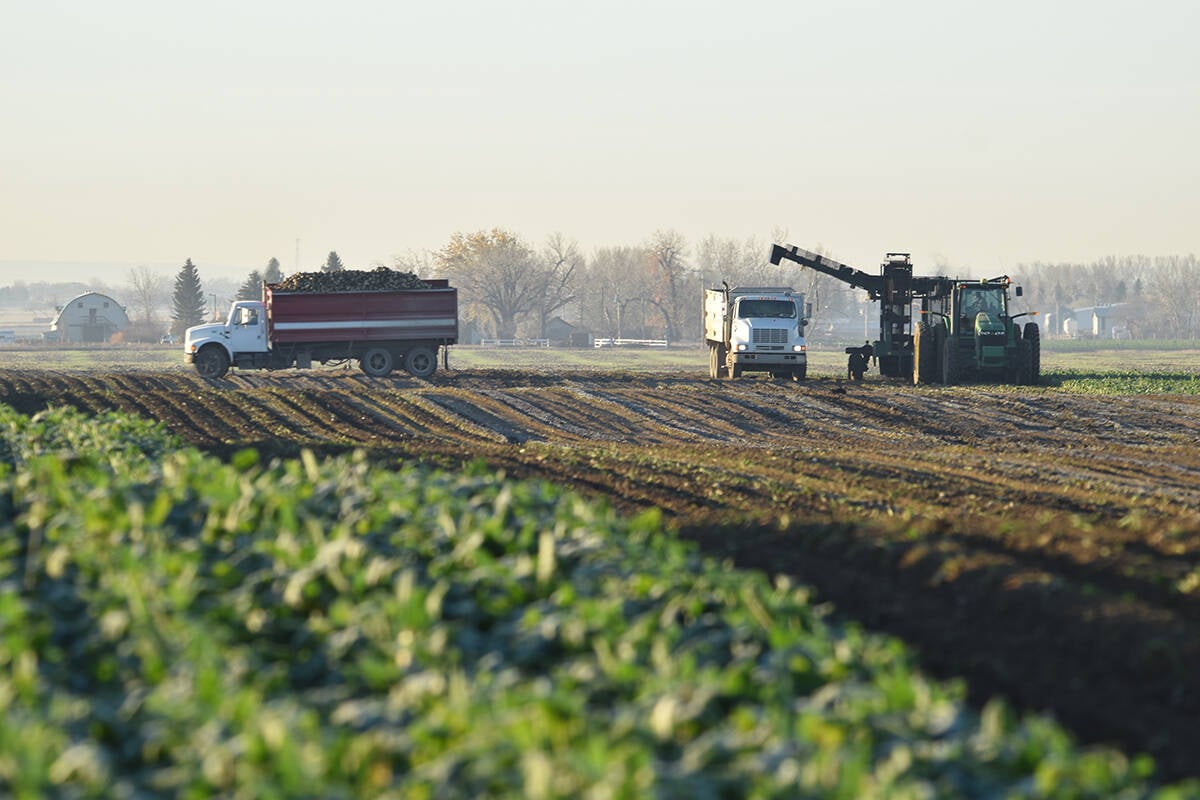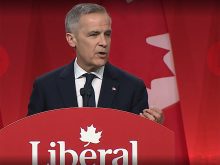Consumer price index increases to 5.1 percent in January from 4.8 percent in December; fertilizer jump particularly high
Canada’s cost of living continues to rise, reaching levels not seen since the early 1990s.
Statistics Canada recently calculated the country’s year-over-year consumer price index for January at 5.1 percent, up from 4.8 percent a month earlier.
The January rate, the country’s highest year-over-year rate since 1991, prompted a statement from the Canadian Taxpayers Federation calling on Ottawa to provide immediate tax relief and rein in federal spending.
“Other countries are providing (tax) relief, but Ottawa is sticking us with higher tax bills,” said CTF director Franco Terrazzano.
Read Also

Canada the sole G7 nation without a Domestic Sugar Policy to aid local sugar beet production
Canadian sugar beet industry vastly different to US with free-market system compared to protective government-regulated sugar program
“Prime Minister Justin Trudeau could immediately make life a little more affordable by reducing taxes.”
According to the CTF, taxes currently comprise 31 to 42 percent of the price of retail fuel, depending on the province.
The tax rate on fuel will rise again in a little less than a month when the federal carbon tax adds another two cents to the cost of a litre of fuel.
As of April 1, the federal carbon tax will be 11 cents per litre. Ottawa has already signaled that the federal carbon charge on retail fuel will increase to nearly 40 cents per litre by 2030.
Payroll taxes and alcohol taxes are also scheduled to increase in 2022, the CTF said.
“The federal government is making tough times tougher,” Terrazzano said.
“Inflation is one of the big economic issues facing Canadians’ day to day lives. Everywhere, from the gas pumps to the grocery store, the price of necessities keeps going up.”
According to the CTF, money printing by the Bank of Canada has injected an additional $370 billion into the Canadian economy since the beginning of the COVID-19 pandemic.
Canada’s gross domestic product had recovered to pre-pandemic levels as of last November, according to Statistics Canada, suggesting zero percent growth over a 20-month period.
“The more dollars that the Bank of Canada prints, the less the dollars in your bank account or your retirement fund will buy,” Terrazzano said.
“What we’re seeing is a situation where the government is creating the perfect storm for inflation, which is too many dollars chasing too few goods.”
In agricultural circles, the costs of production will be far more than 5.1 percent this year, said Agricultural Producers Association of Saskatchewan president Ian Boxall.
Farm fuel prices rose by about 30 percent in the 12-month period ending Jan. 31.
Prices for fertilizer products including urea, ammonium phosphate and anhydrous ammonia are also up sharply.
According to projections from Farm Credit Canada, average per-tonne prices for those products in 2022-23 will be 81 to 110 percent higher than the preceding five-year average.
Boxall said per-acre production costs on his farm will likely rise by 33 to 100 percent this year, depending on the crop and nutrient requirements.
“A little bit more than double… but that’s if I fertilize at last year’s rates,” said Boxall.
“There’s hurdles every year and I think we’re fortunate that grain markets have stayed strong so that we’ll be able to weather some of this. But it sure is starting to erode a person’s bottom line.”
According to Boxall, some producers have indicated that higher input costs will make some crops unprofitable to grow this year, even if strong commodity prices remain in place.
Boxall also expressed concern about the availability of crop inputs.
Both supply shortages and logistical bottlenecks could have an impact of farm productivity.
“With Bayers’ (recent) announcement … on glyphosate, I think there are going to be some inputs that will be in short supply,” Boxall said.
“When it comes to fertilizer … it’s more of a logistics issue than it is a supply shortage,” he added.
“Because the price of fertilizer is three to four times what it was last year, guys were hesitant to book and retailers were hesitant to book. So now we might be seeing that trickle-down effect, where maybe fertilizer supplies aren’t going to be in place by spring.”
As well, high fertilizer costs are expected to reduce fertilizer use, he said.
Ongoing drought concerns will also affect fertilizer use, particularly in areas where residual nutrient levels are higher than normal due to last year’s crop failure.
















